The natural spectacle of the Andes continues in the south of Bolivia. The world-famous Salar de Uyuni is our next destination. After a little preparation – we protect the underbody of the campervan Ben with a mixture of diesel and oil and buy some provisions – we set off for the largest salt plain in the world, covering more than 10,000 square kilometers. We immerse ourselves in an extremely surreal landscape in which we quickly lose our orientation and our sense of scale.
East entrance to the Salar de Uyuni
During our visit at the end of September, the Salar is completely dry and our journey through the Salar de Uyuni is correspondingly easier. We drive from the new access road in Colchani down to the salt desert without any problems. Really exciting! The salt here lies several meters thick in the plain and in crystalline form is strong enough to carry cars, coaches and trucks. All this in the dry season when we are on the road. However, when rainfall softens the salt, it can quickly happen that vehicles sink into the salt and are difficult to recover. We leave this experience to other visitors to the Salar de Uyuni – we speed carefree across the snow-white sea of salt.
Stairway to heaven
An art installation in the Salar de Uyuni is called Stairway to Heaven. Blocks can be cut out of the thick salt crust of the Salar de Uyuni like large bricks. An artist has used them to build a stairway to heaven. Because nothing but white can be seen as far as the horizon, visitors can literally climb these stairs into the sky for a moment. We are only slowly getting used to the completely surreal surroundings, but we want to see much more of the Salar, so we move on to the next art installation.
Salt labyrinth and salt figures
Just a few kilometers north of the stairway to heaven, the Bolivians have understood the connection between art and economy. For a small entrance fee, we can marvel at the many figures that have been artfully sculpted from the salt of the Salar de Uyuni. Oversized birds of prey, a locomotive, a giant hand, a pyramid and other figures invite interaction and photography. Finally, we make our way through a labyrinth of salt walls. This time it is a labyrinth for adults, the walls are so high that we cannot simply look over them. We are delighted by the experience, neither of us can remember the last time we were really lost in a labyrinth.
As a reward for making our way through the labyrinth, we see the most impressive salt structure to be seen in this place: A meter-high tower with several stories made of wooden planks and blocks of salt. We would never have thought that salt could be used to build such sturdy and tall structures.
Salt hotel and island of flags
Right next to the famous Rally Dakar Monument is the first salt hotel in the Salar de Uyuni. It consists of several rooms grouped together in an elongated building made almost exclusively from blocks of salt. Wood and regular corrugated plastic sheets were used for weather protection, which makes sense as the salt gradually dissolves when it rains. Many of the interior furnishings, such as tables, chairs and the bar, are also made of salt. We also find artfully made salt lamas. A special place to visit.
Right next to it is the island of flags. Salt pedestals hold a wide variety of flagpoles. Combined with the sometimes stronger, sometimes weaker constant wind in the salt desert, the island of flags is a beautiful sight. Various flags of countries and other flags of organizations or travelers are waving in the wind. Why and what makes it possible to place a flag here: We don’t know. Nevertheless, it is worth a short stop. Above all, we are surprised by the background noise. The Salar de Uyuni is generally extremely quiet. Even the sound we produce is swallowed up surprisingly quickly or, due to the lack of reflective surfaces, is lost in space extremely quickly. The countless flags wrap the island of flags in a pleasant sound of moving fabric in the background, not intrusive but a welcome change from the omnipresent silence in the Salar de Uyuni.
Long drives to distant islands in the Salar de Uyuni
Out of consideration for our campervan Ben, we usually drive at less than 40 km/h in order to spread the swirling salt crystals as superficially as possible and not into the last cavities of our campervan. We drive for hours at a leisurely pace on the Salar de Uyuni. It almost feels like we are flying. We are free to decide whether we want to stick to the somewhat darker main roads or simply turn left or right into the vastness of the Salar de Uyuni. Of course, you can also drive fast – occasionally tour buses or trucks roar past us, having come to terms with the strong corrosion of the salt.
The distances are almost impossible to estimate without GPS navigation. At a distance of about 30km we see an island shimmering through the haze, we couldn’t tell whether it was 10km or 50km without GPS. At around 10km-20km we can see the islands more clearly, their jagged rocky edges, but they also seem to float due to an optical effect. Very special. And after that, as we approach, we have the feeling that the island is just a few hundred meters away, even though there are still 5 km between us and the island. It’s exciting how our brains find it very difficult to make sense of the visual impressions in the Salar de Uyuni without any clues.
Optical illusions, easy to do yourself in the Salar de Uyuni
Because we have already established that our brains have a bit of trouble with visual impressions, let’s go one step further. Inspired by other travelers who have published funny photos from the Salar de Uyuni, we make use of this unique opportunity. In the Salar de Uyuni, our campervan Ben is so light that we can push it, lift it and carry it under our arms. But see for yourself how playfully easy it can be to handle a large car in the Salar de Uyuni!
Incahuasi Island
We visit the best-known and well-developed tourist island of Incahuasi in the morning after a lonely night on the Salar de Uyuni for precisely this reason. At a quarter past nine there are still no other tourists on the way to Incahuasi Island. We have the huge cacti and the short hiking trail across the island all to ourselves. The first private tours arrive on Incahuasi Island just as we return from our tour of the island.
The experience on Incahuasi is really beautiful. In addition to the huge cacti, we have a panoramic view of the white salt sea of the Salar de Uyuni. We are happy to take in the impressions, but at the same time we set off again to another island a little off the beaten track.
Fisherman’s Island or Fish Island
To compensate for Incahuasi Island, we make a stop at Fisherman’s Island or Fish Island. The name is not precisely defined, but both refer to the same geographical location. Fish Island is supposed to be less touristy, and it definitely is. There is no sure-footed hiking trail, no visitor center or a small store like on Incahuasi. Instead, we are at one with the unique nature of the Salar de Uyuni. But we are not the only ones here either. From a distance, we can see yellow dots in the bay of the fish island. At first, from a distance, we think they are markings for the parking lots or other traffic signs. But when we get close and park, we realize that these are all tents belonging to a group of travelers who have probably booked a hiking, cycling or other “lonely” overnight stay in the Salar de Uyuni. It’s just a shame that at least 15 tents belong to this group of travelers.
We climb to the top of the fish island at sunset before grabbing a spot for our overnight stay on the huge salt flat.
Starry dome in the Salar de Uyuni
At an altitude of around 3,600 m and about 100 km from the surrounding villages with light pollution, we are thrilled by the impressive firmament despite the cold night. We can see so many stars – they are countless to us. We use an app on our cell phone to identify two or three of the familiar constellations. And we are surprised: we can see the Milky Way with the naked eye. Fantastic, we persevere in the wind at just under 4°C to take some starry sky photos with us as souvenirs or to publish them here.
Conclusion on the Salar de Uyuni
The experiences in the Salar de Uyuni are truly unique, probably unique in the whole world. To really take in this surreal environment, a visit with an overnight stay is recommended whenever possible. We are happy to be able to spend three nights in such a unique place without having to worry about tour operators or costs. The place is really inhospitable, but with the right equipment it’s worth another detour!
Uyuni railroad cemetery
The town of Uyuni, which we pass through both before and after our visit to the Salar de Uyuni, doesn’t have much to offer. It is a former garrison town and its charm is limited.
However, the railroad cemetery on the edge of the town is exciting. There are said to be around 100 old locomotives here, the oldest dating back to the 19th century. They are simply left to rust in the wind and weather. It is said to be the largest railroad cemetery in the world, of course, where else would you have the space to simply park so many trains and leave them to their own.
The special cemetery can be visited free of charge and so we stroll around among the locomotives and carriages, some of which are already in a state of disrepair. An exciting experience and certainly worth a visit if you are here anyway.
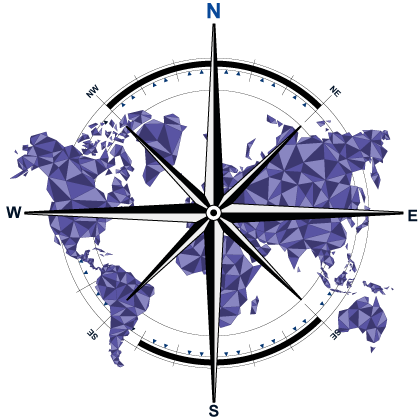
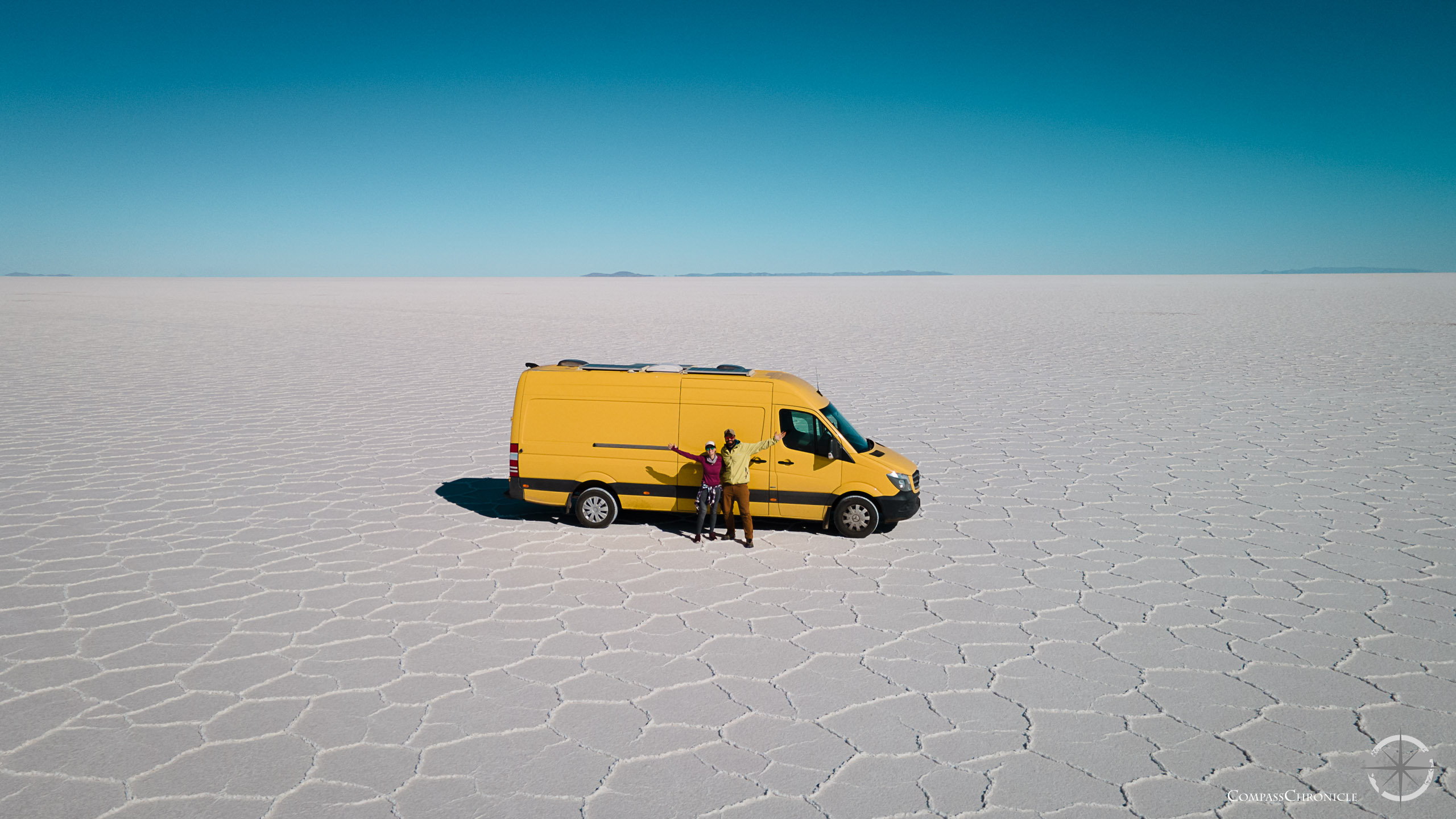



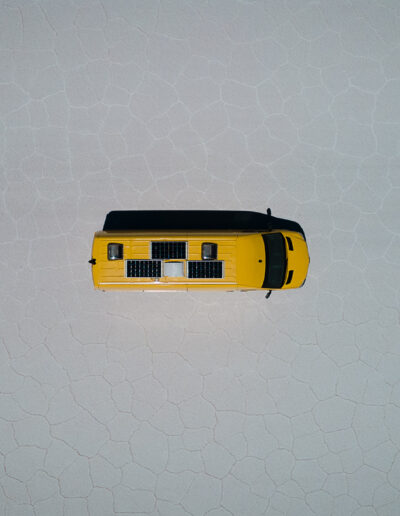

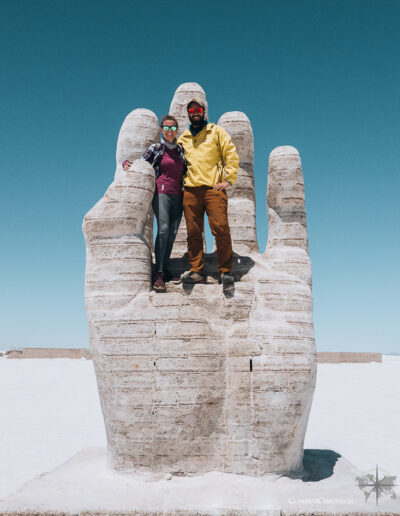
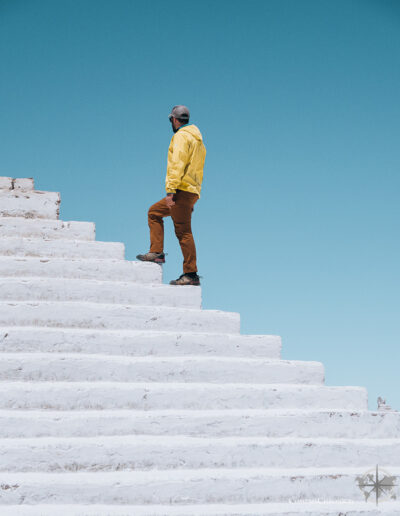
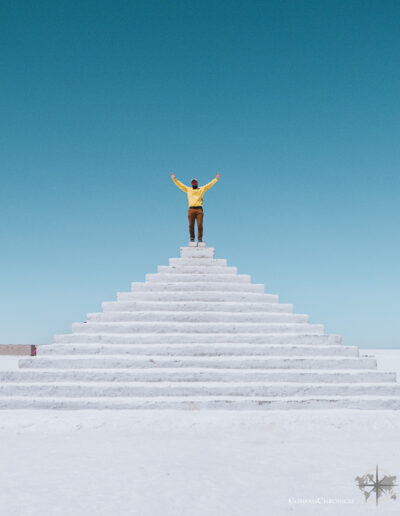
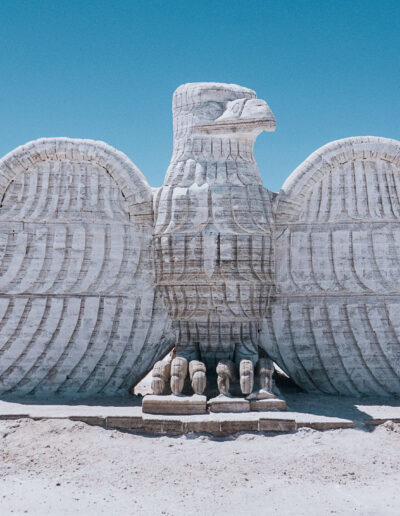
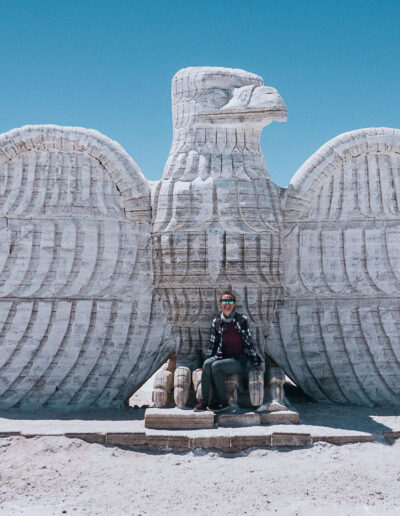
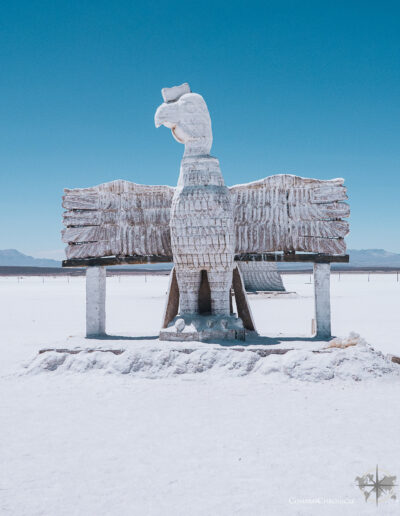
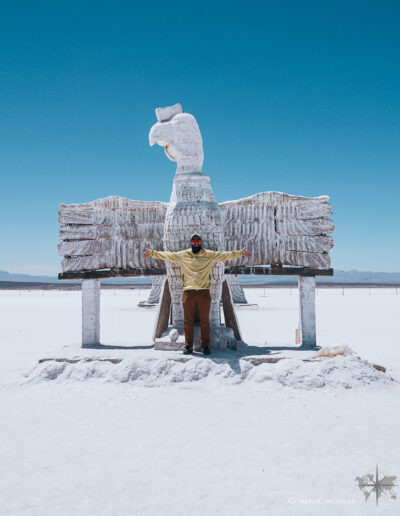
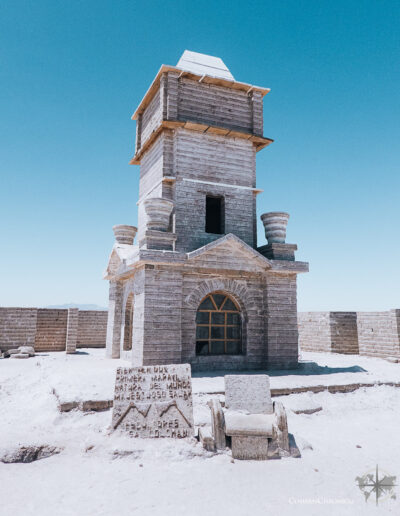


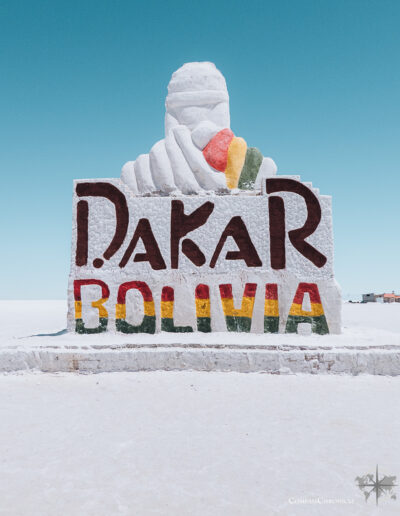
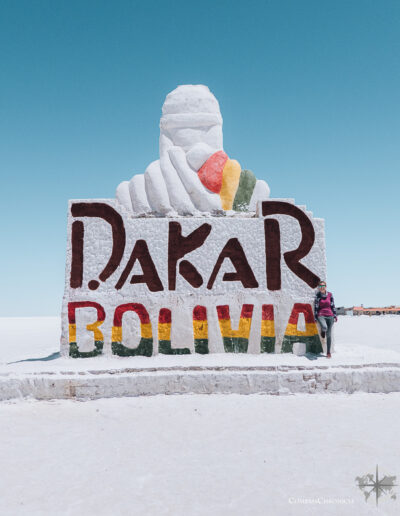
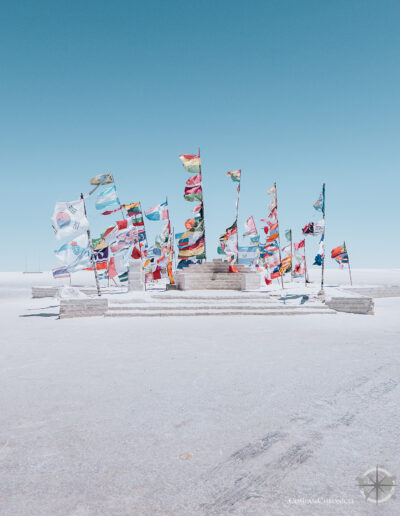
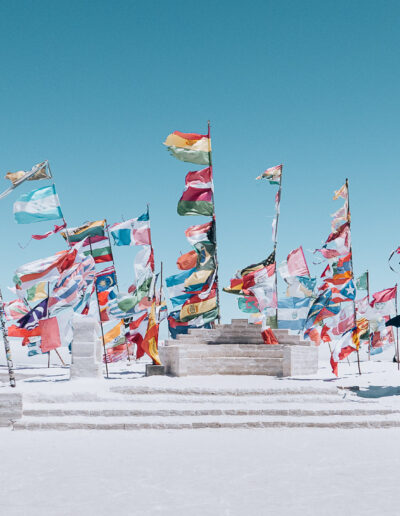


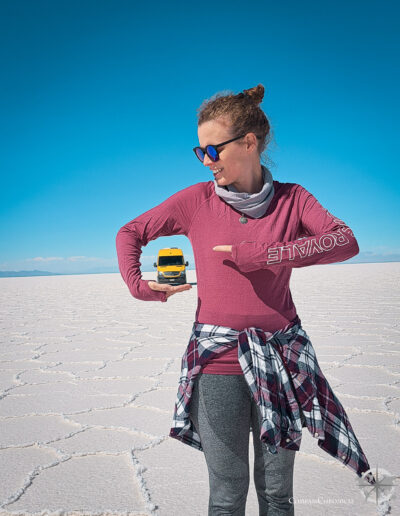

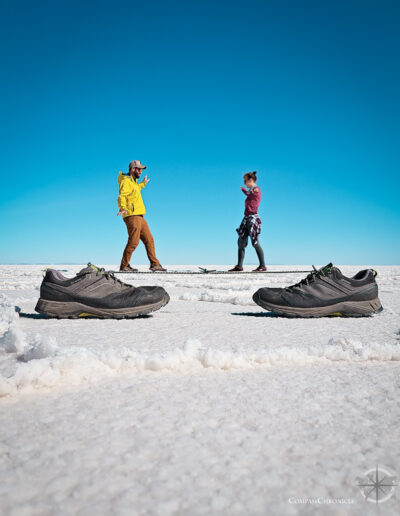
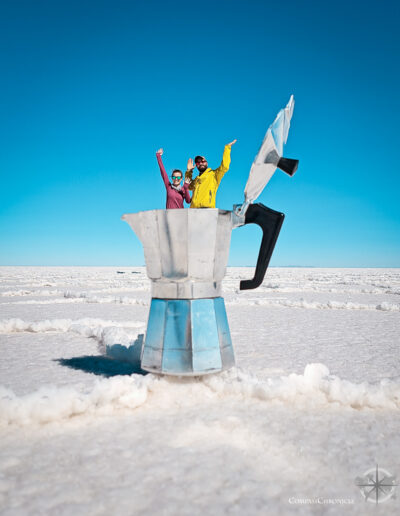
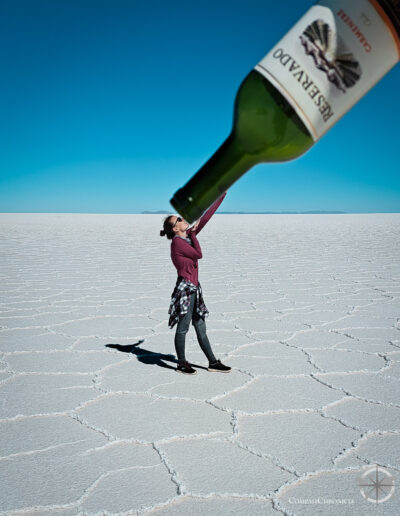

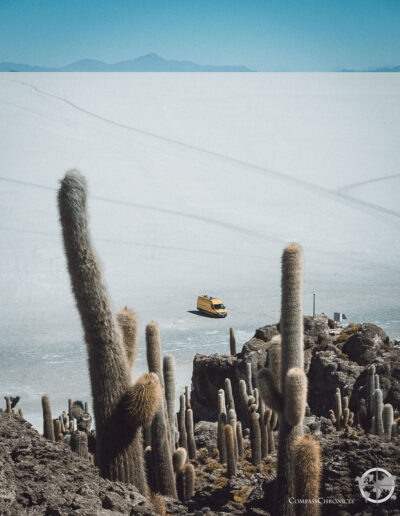
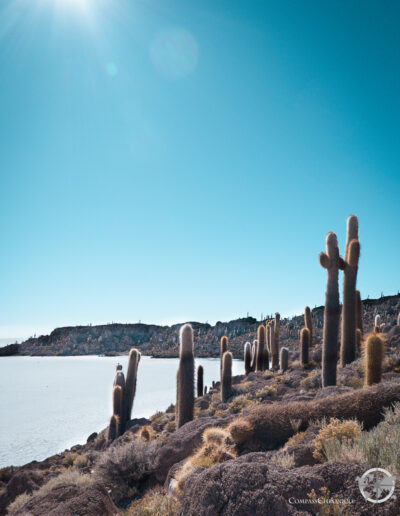
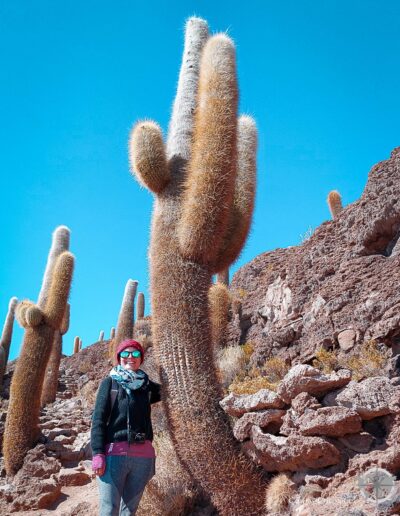
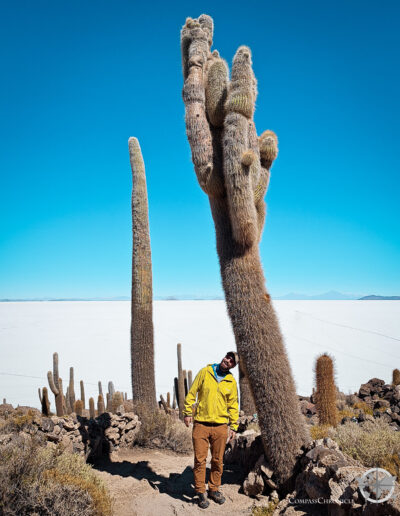
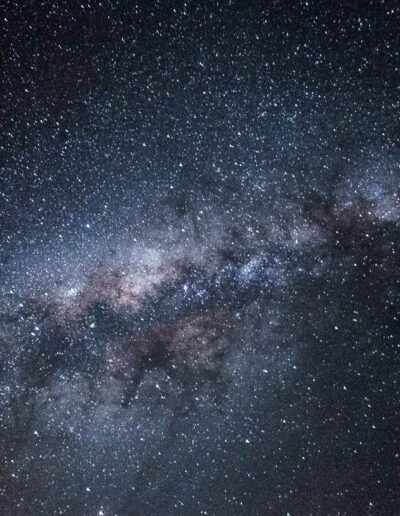
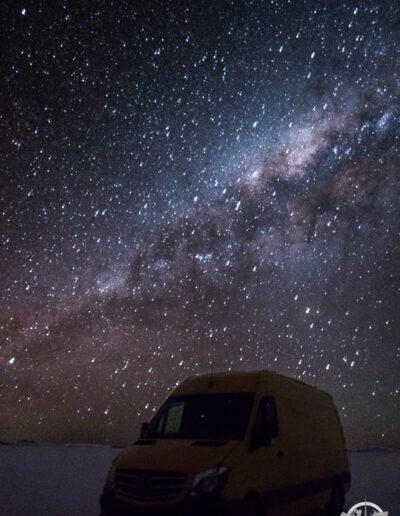
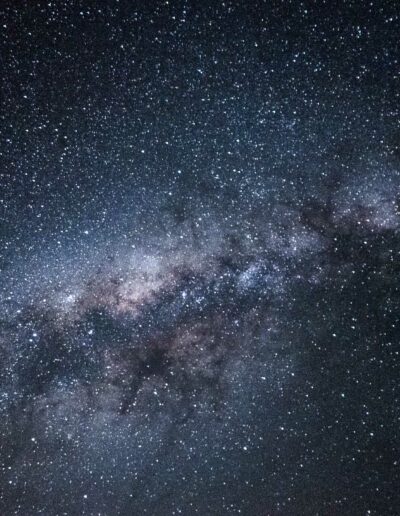

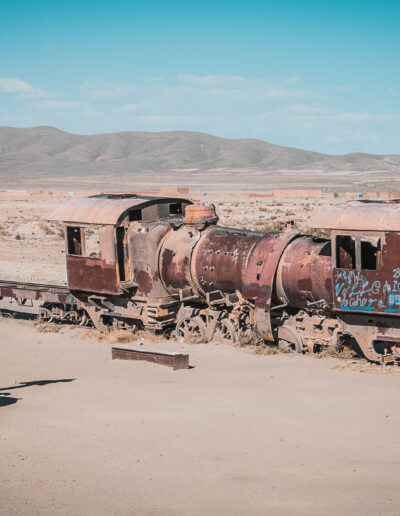
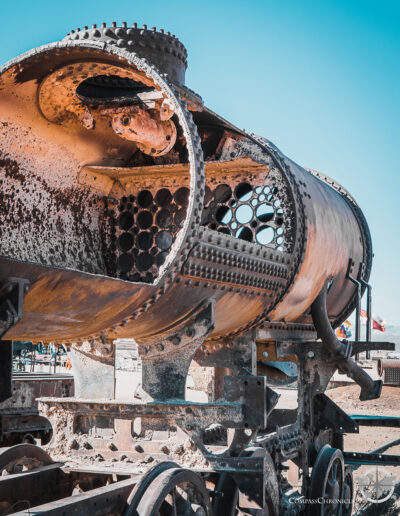
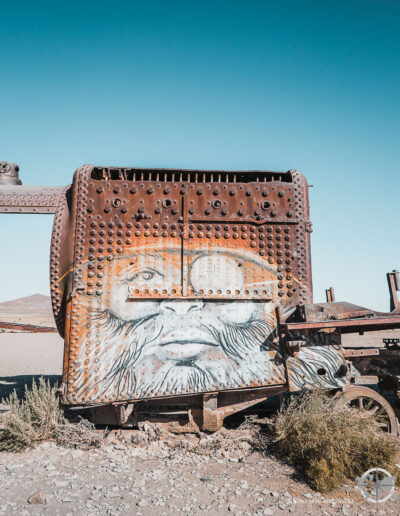
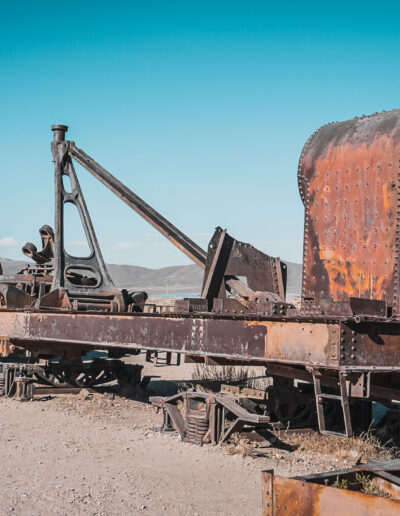




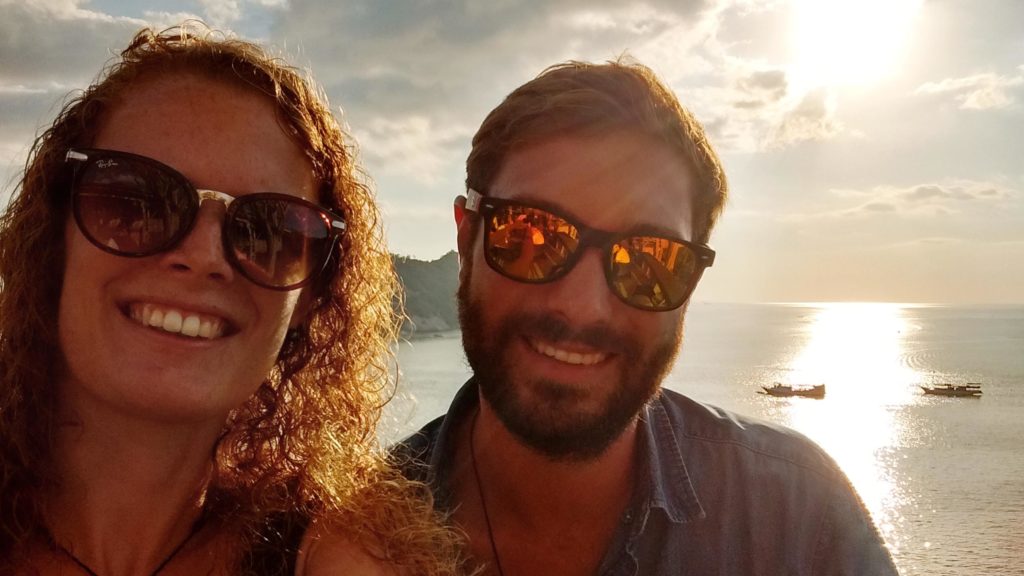

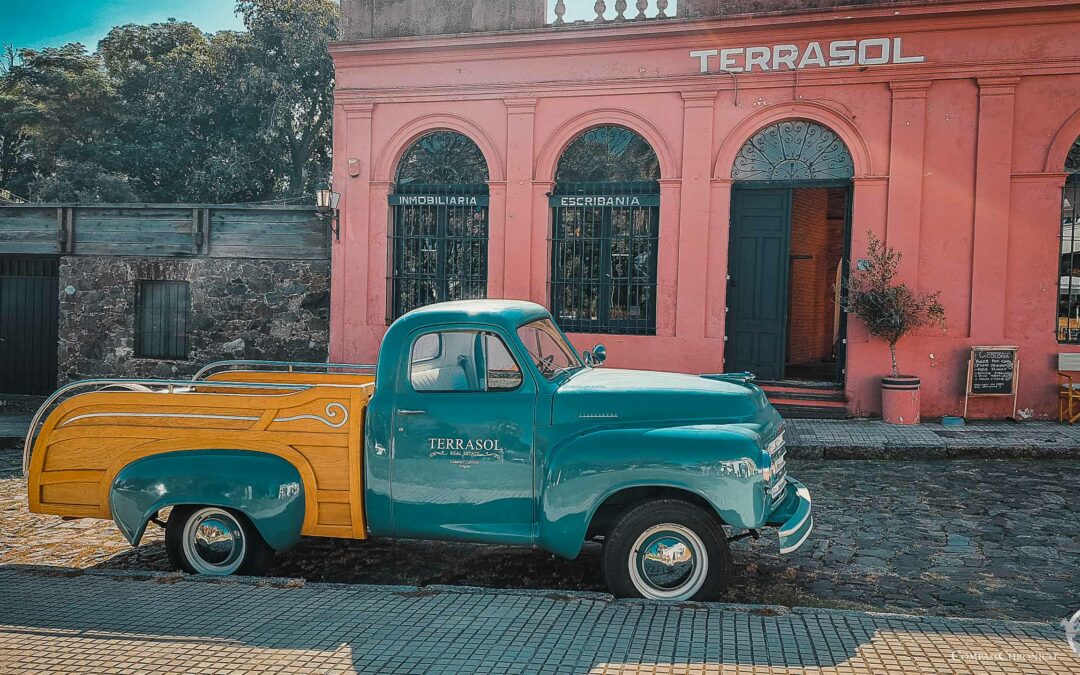
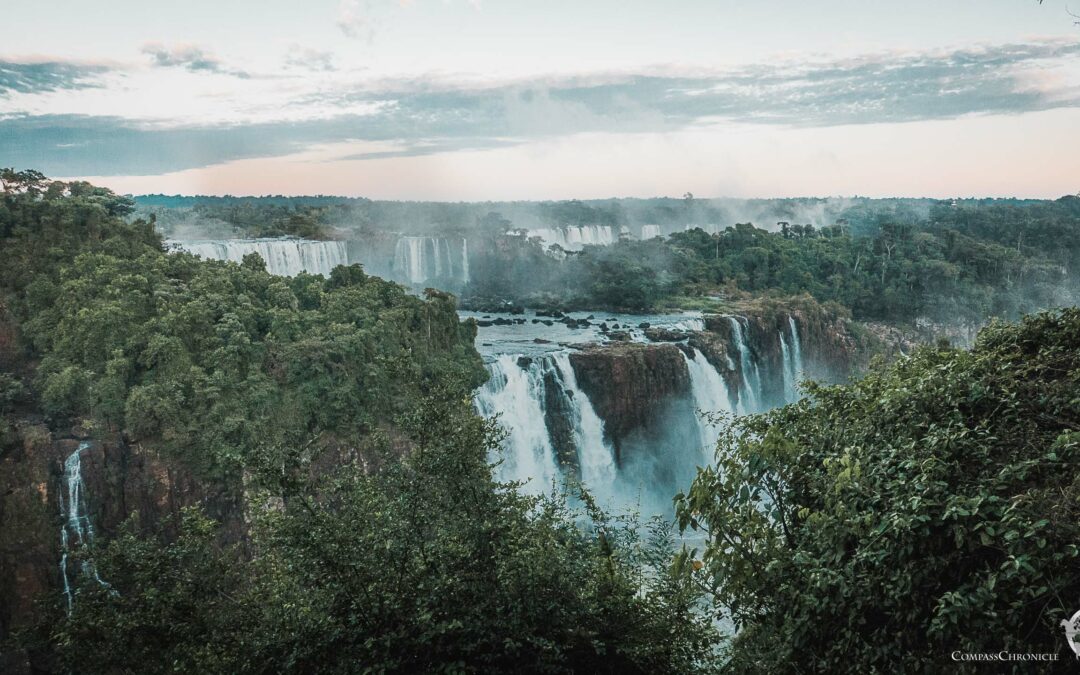

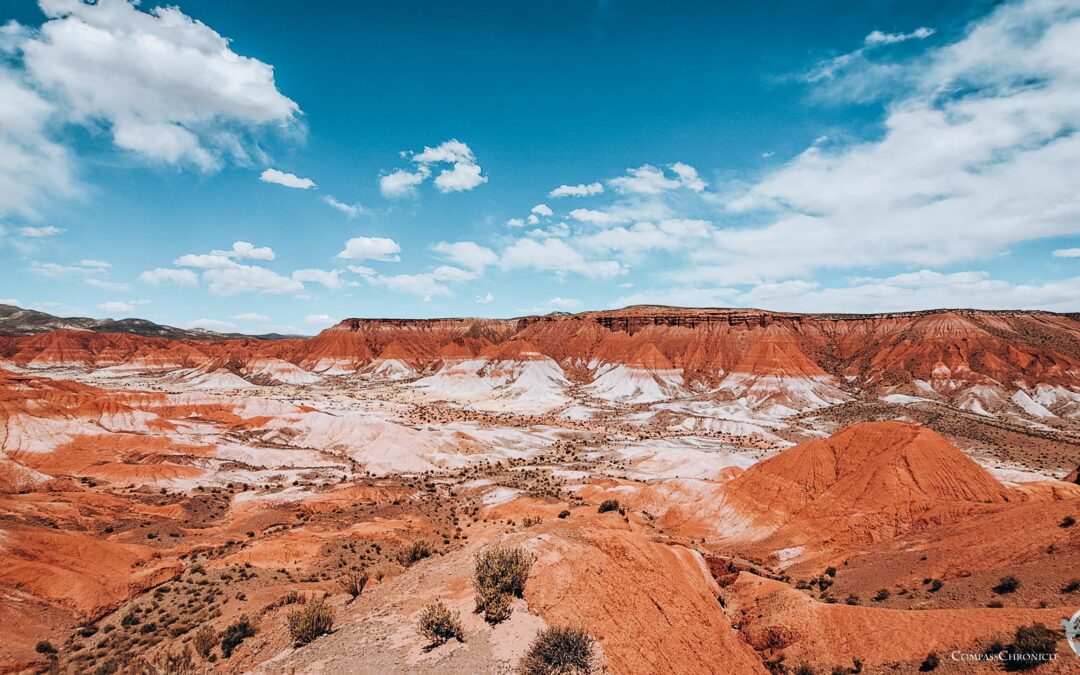
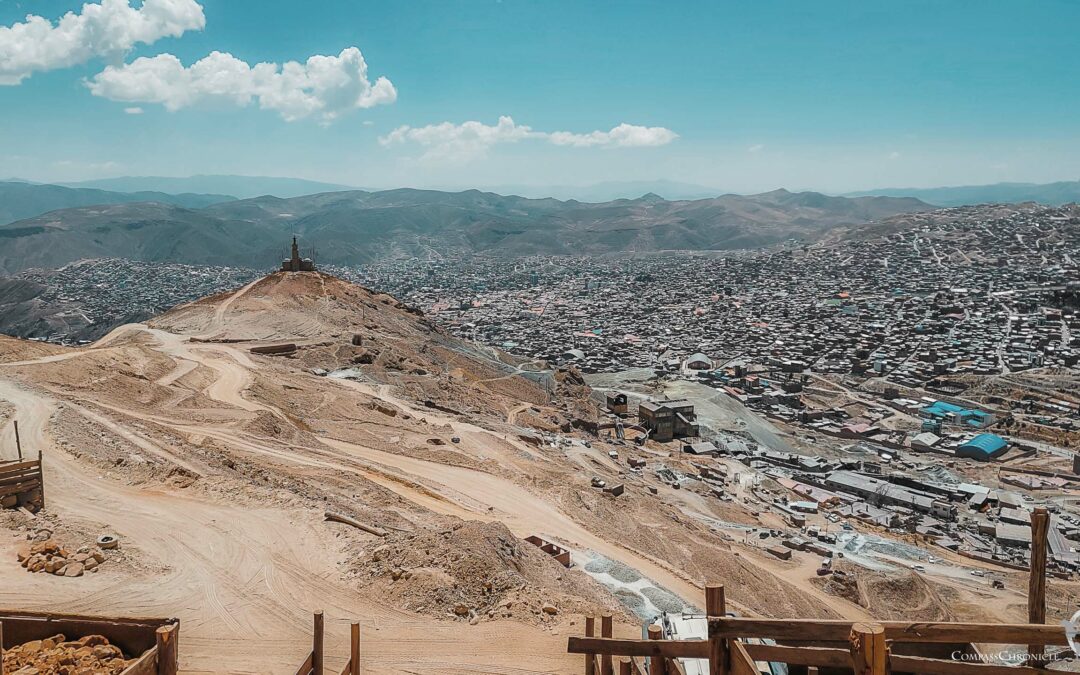
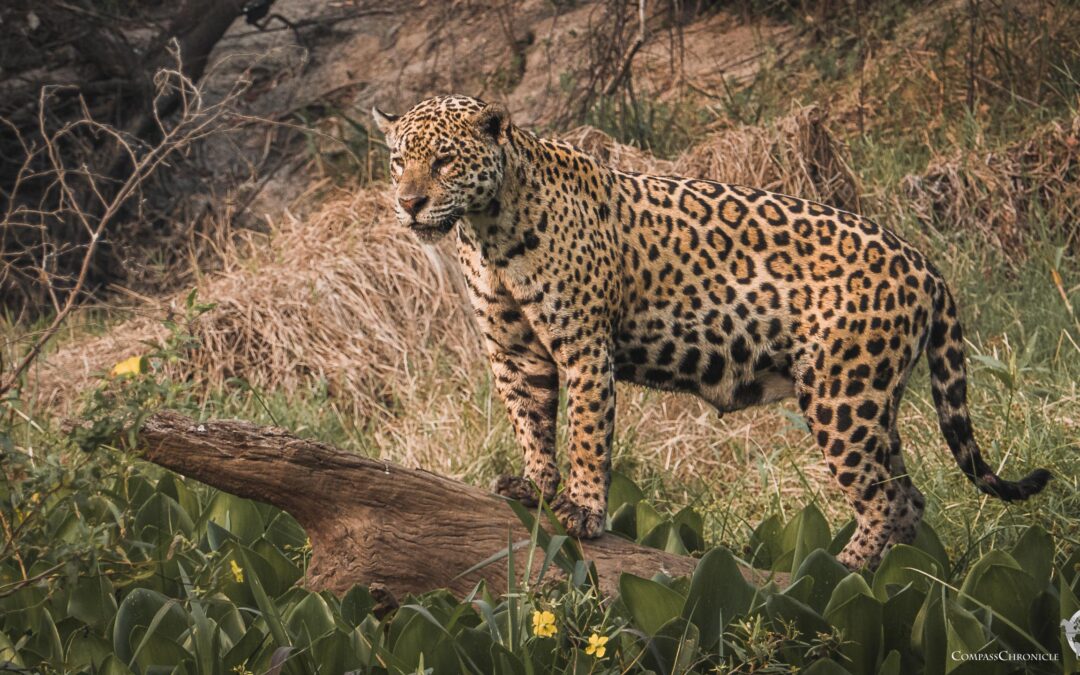
0 Comments